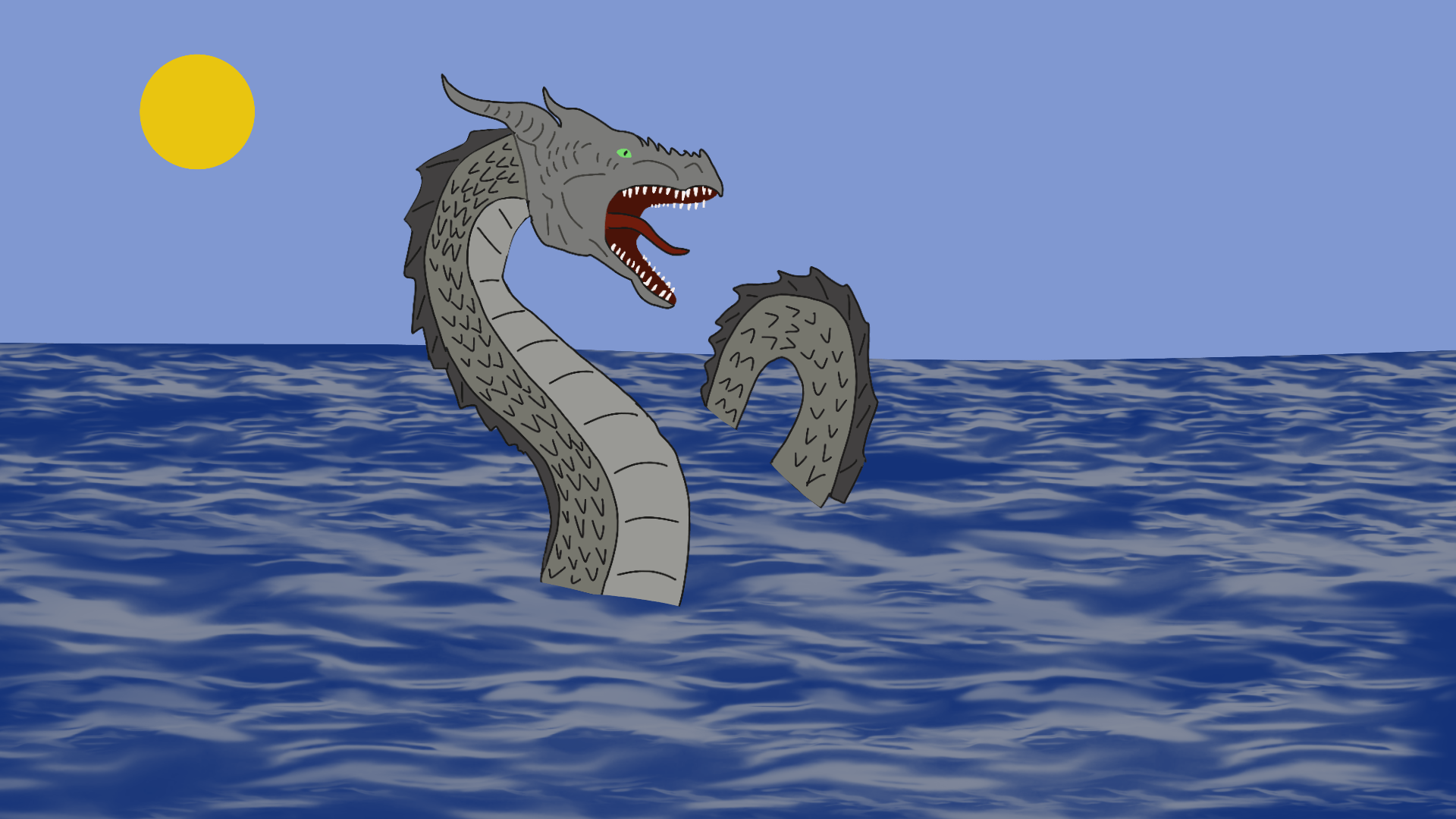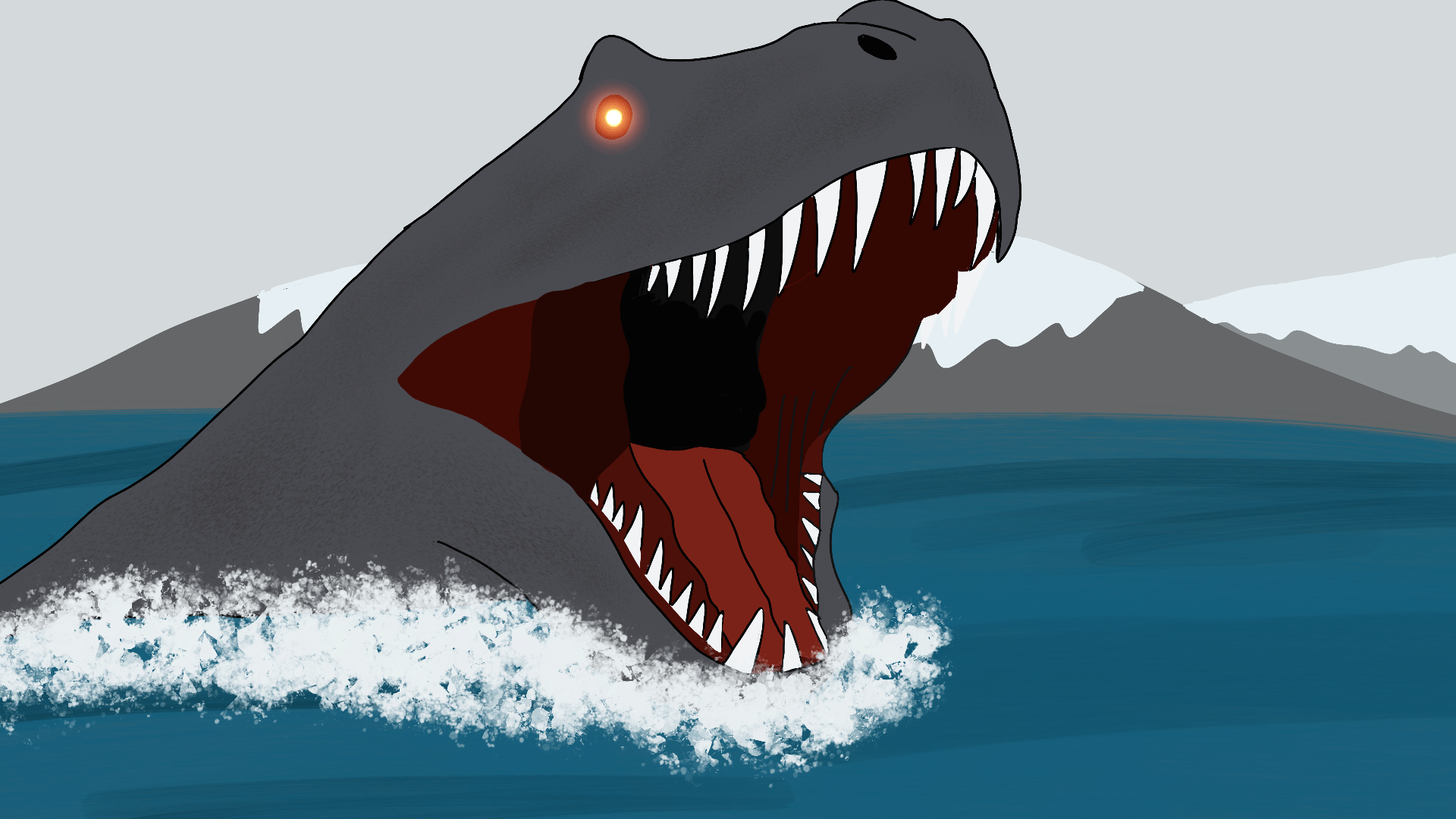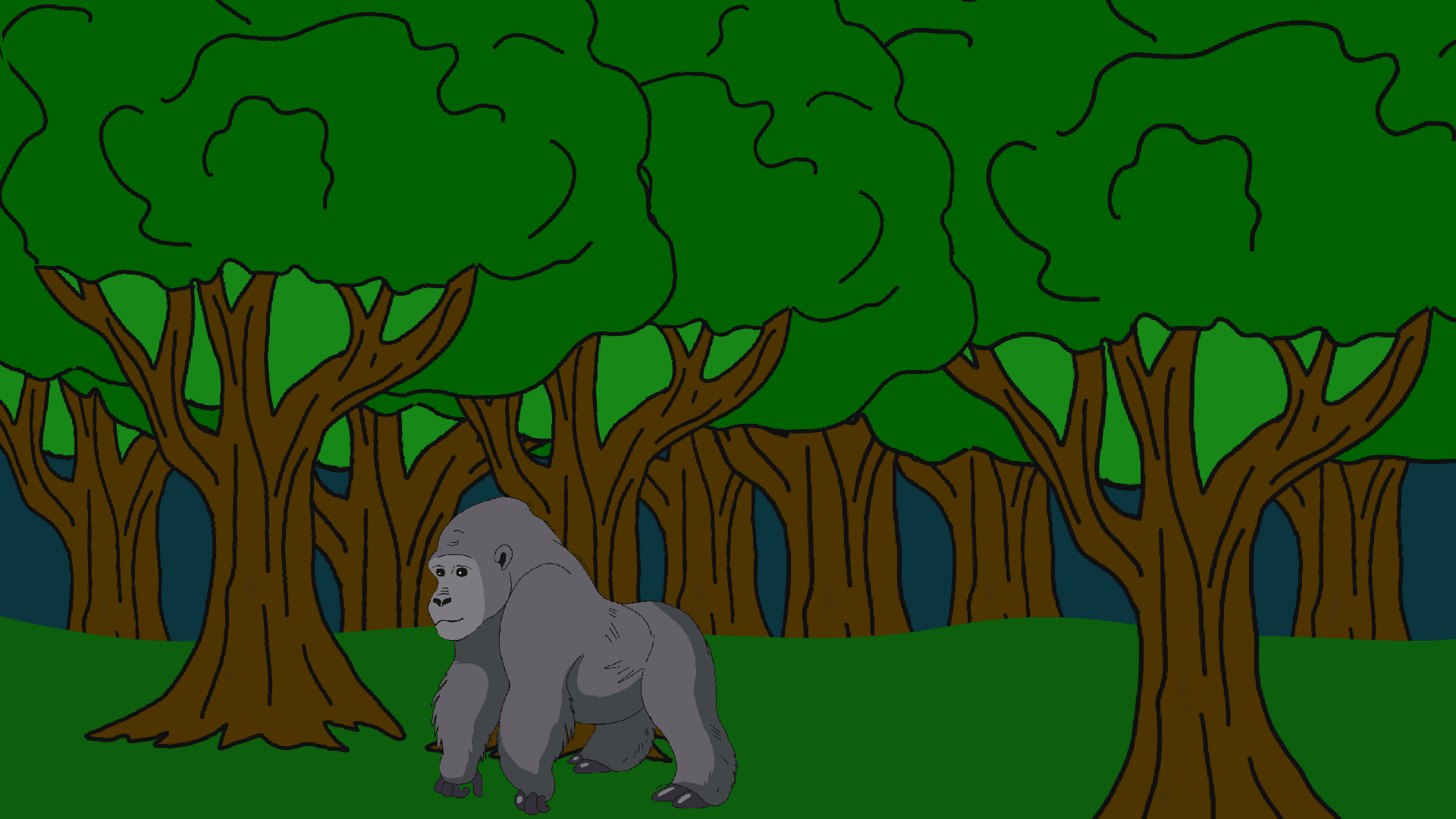When most people think of Gloucester, Massachusetts, they think of a fishing town with a proud history. Made popular by the 2000 Hollywood movie “The Perfect Storm”, the town has been known for centuries for its tough fishermen and fishing waters that contain a variety of fish including cod, flounder, striped bass and much more. Over the centuries though, stories have persisted though of another creature that lurks off the coast. Something spotted on multiple occasions. It became so apparent to residents that this animal existed with hundreds, possibly thousands seeing it, that it was even named and recognized by the prestigious Linnean Society.
The creature has become to be known as the Gloucester Sea Serpent and has been called the most documented cryptid sea serpent ever.
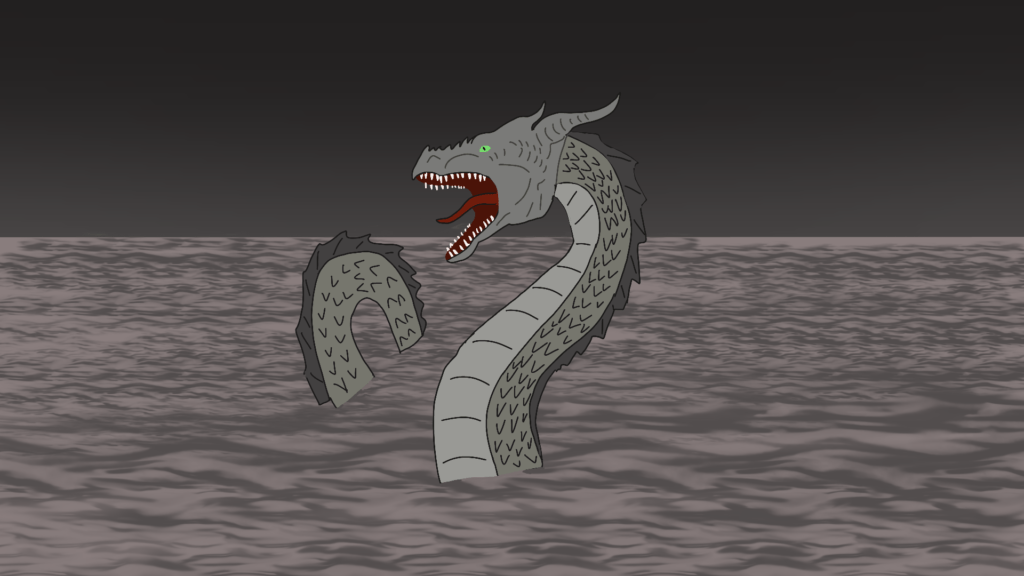
Description
The Gloucester Sea Serpent is typically described one of two ways. Some describe it as a long, snake-like creature. others state it resembles more of a whale, being humpback and having a head like a dinosaur. Often described as black or grey, being between 60 to 100 feet long, Witnesses often state the creature moves through the water in a caterpillar like motion. Observers say that the creature swims with a vertical motion and his body appears as “humps”.
Sightings:
While the majority of the sightings happened 1817 and the following years, the first recorded sighting was in 1638 by John Jossyln. He spotted the creature off the coast of Cape Ann, which includes Gloucester and other towns. Josselyn was a well-respected British author who wrote about his experience in “An Account of Two Voyages to New England”.
Between this time and 1817 sightings of the Gloucester Sea Serpent would continue, albeit they were sporadic and not well documented.
Then, in 1817, sightings of the sea serpent, began exploding. On Aug. 6, 1817, two women and a fisherman spotted the creature in the harbor. That same day a sea captain went into Lipple’s auction room and reported seeing a 60-foot serpent in the harbor.
On Aug. 10, Lydia Wonson spotted it near Rocky Neck and believed it was 60 to 70 feet long. Later the same day, William Row reported seeing a 100-foot creature on the water.
On Aug. 14 witnesses, hearing all the stories, began to watch for the creature off the harbor’s shores. The creature was seen in the area of Ten Pound Island and Norman’s Woe, as well as farther into the harbor, as far as Pavilion Beach.

The spectators said the body was brown in color. Witnesses compared it to a string of gallon kegs 100 feet long. Some saw a smooth back, while ithers saw humps or bunches as it went up and down like a caterpillar. Some say it moved sideways like how a snake slithers. There were reports of a horn protruding from the head.
What is the Legend of Inkanyamba?
On August 18 of that year, one report from that day, came from a witness who said two serpents were playing with one another or perhaps mating.
During this time other reports came in as well. A group of fishermen allegedly saw a 60 ft (18 m) serpent-like creature with a head similar to a turtle swimming off the coast of Gloucester.
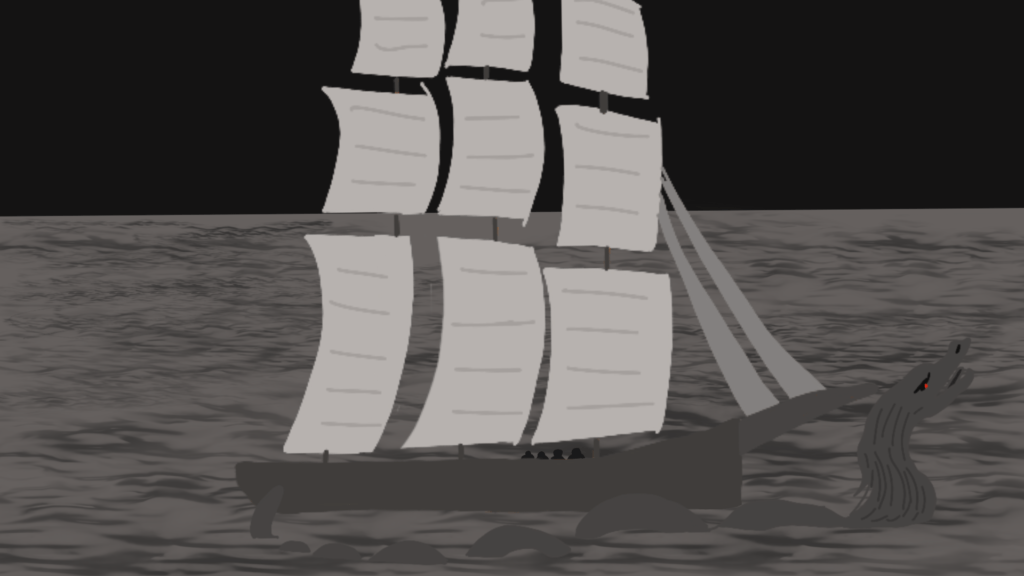
Another story comes from a group of fishermen aboard the schooner “Adament” in May 1818. Captain Joseph Woodard and his crew reported seeing a large creature having a head like a serpent and a hump-backed body. It was swimming alongside their vessel and frightened the men, so the crew fired a cannon at the monster. They missed and it vanished beneath the ocean water.
Linnean Society and Media Attention
During this time, all the attention would attract the attention of the prestigious Linnean Society of New England and General David Humphreys, George Washington’s general.
Humphreys interviewed numerous eyewitnesses. He managed to uncover information about the monster from eyewitnesses.
Judge John Davis, the head of The Linnean Society, commissioned Lonson Nash Gloucester’s justice of the peace, to take sworn statements from eyewitnesses. Nash recorded testimony, compiled a report and submitted it to his organization. During this time, the United States was still trying to establish itself as a reputable scientific community. Many believe that the Linnean Society pursued this creature so hard since discovering it would gather worldwide attention, especially if they had a specimen.
And soon enough, they had one. One day, a group of Gloucester residents walking in Loblolly Cove found a small black snake on the beach. The back had tiny humps, and many believed they had discovered a baby. They wrapped up the corpse and sent the specimen to The Linnaean Society. The organization was ecstatic and named the new species “Scoliophis atlanticus “. However, once dissected the serpent proved to be nothing more than a black racer snake with tumors on its back.
Later Sightings
Although this was disappointing it didn’t stop more sightings from occurring.
What Sea Monster Attacked the USS Stein? – Read Here
In July 1833, off the shores of Nahant Bay hundreds would witness a massive serpent, and many of them attested it couldn’t have been something else.
More documented sightings would occur in 1877 as printed in the Boston Globe. The newspaper said:
“That shiny sea serpent which has been such a terror along the New England coast during the past few years has made his debut in Nahant waters this season. He was seen on Monday and again this morning, and the circumstances of his presence are given in such detail by astonished beholders that there is general credence given to the statement that an unusual and prodigious serpentine monster is [displaying] himself in the waters of Massachusetts Bay.””
While sightings continued sporadically throughout the 19th century, there have been very few that occurred in the 20th century. The most famous though is said to have occurred in 1962 off the coast of Marshfield, Massachusetts, although there’s much skepticism over this sighting.
Theories on Why The sightings decreased:
There’s been much speculation over the years as to why sightings of this cryptid have decreased. Some believe that overfishing may have caused the creature to migrate away as there wouldn’t be enough food.
Others believe that as ships switched from sail to diesel, the sea serpents were scared off by the noise or perhaps didn’t like the pollution from the diesel.
While there was never any hard evidence found, it cannot be understated how many people witnessed the creature. By all accounts these were reputable people, and we must all remember the town of Gloucester is a beach town, with most of the people living their whole lives around the ocean. Many fishermen spotted the creature, and some accounts have some actually capturing a body.
Theories:
Despite this many believe this was a case of misidentification and that the people had good intentions.
There are several theories as to what the creature was:
Theories:
- One is a Narwal. This theory was put forth by Joe Nickell. A narwal narwhale, is a medium-sized toothed whale that lives in cold waters. They tend to be in Artic and around Green land, but Nickell believed that since some of the witnesses saw a spear coming from the head, it might be a narwal that came south.
- An eel is another thought. Many dismiss this though since eels are not anywhere near that size.
- Some believe it could have been an Anaconda; they are known to get up to 40 perhaps 50 feet, however they are usually only found in freshwater and also tropical environments.
- Some believe it could have been a school of dolphins bunched together or another whale species in a line. It seems though that the people of Gloucester would know this.
Conclusion:
There doesn’t appear to be any definitive conclusion around what Gloucester residents saw, although without question there were hundreds of reputable citizens who saw something in the water, something large and something that couldn’t be identified by people who have watched these waters their whole life. We know that sea serpents do exist. There are sea serpents that exist in the Indian Ocean, and it’s said they grow to around 10 feet. While this is a huge difference between 60 and 100 feet, perhaps somewhere in the massive unexplored oceans of the world, this creature exists.
